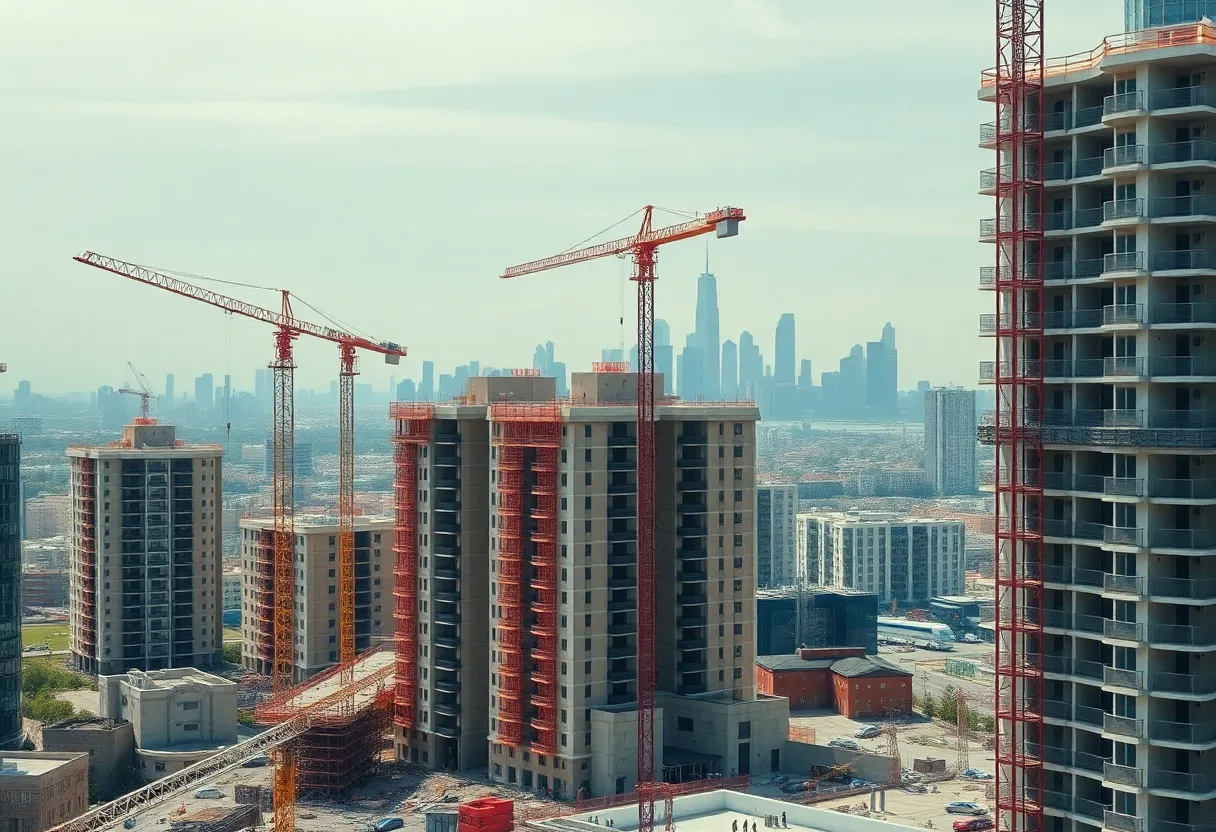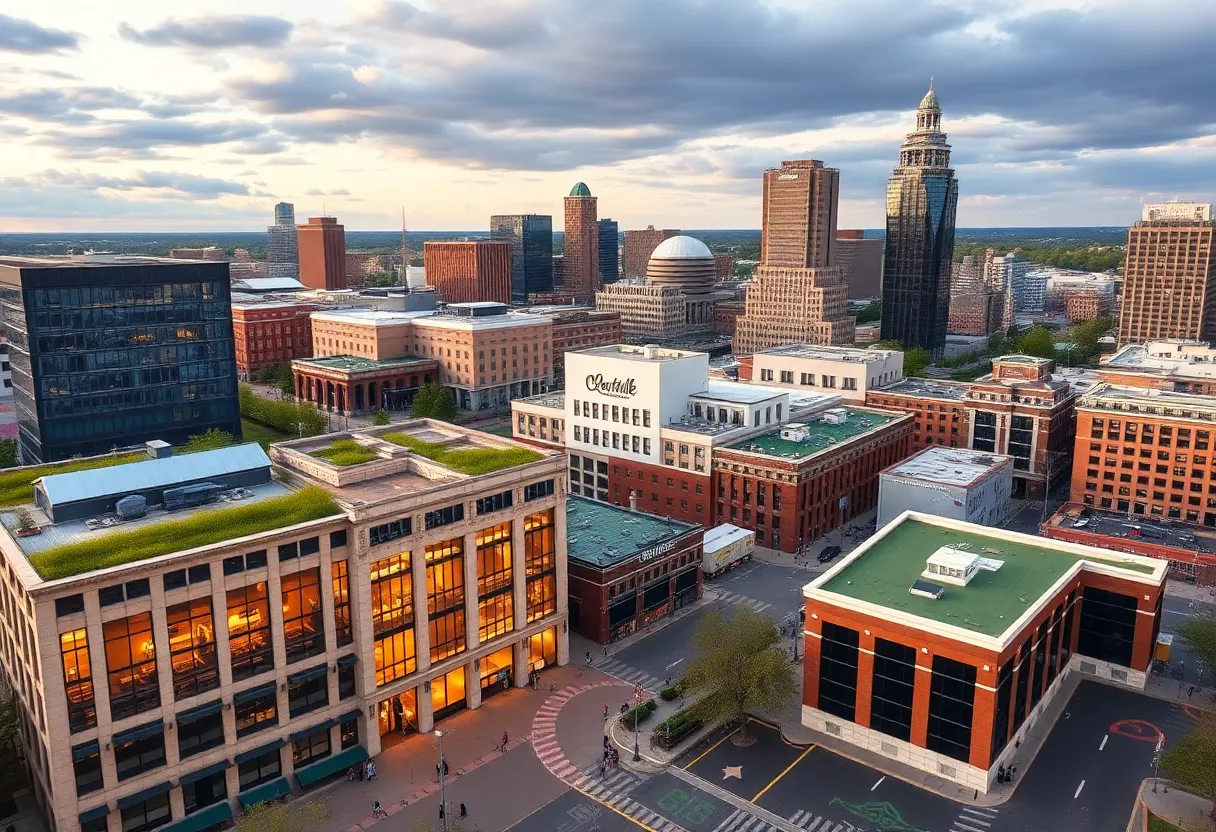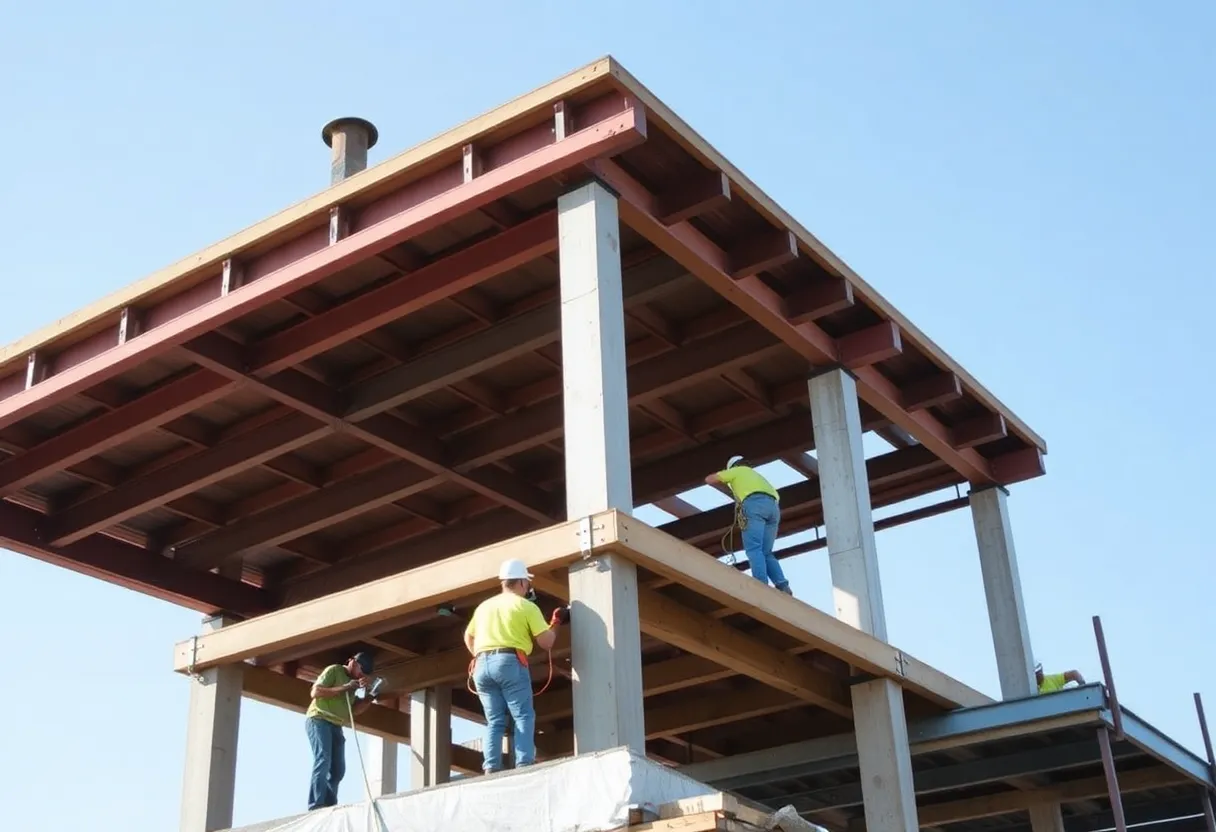News Summary
The multifamily construction market is under economic strain, pushing investors to seek private credit solutions to maintain their projects amid rising costs of materials. With a looming wave of mortgage maturities and tightened budgets, traditional financing options are scarce. Private credit providers are stepping in to support new projects and refinancing needs. Despite current challenges, demand for multifamily units remains strong, particularly in regions like the Sun Belt, as construction growth continues in a competitive rental market.
Economic Pressures Push Multifamily Construction Investors Towards Private Credit Solutions
The multifamily construction market is feeling the squeeze from economic uncertainty, leading investors to explore private credit solutions to keep their projects on track until 2026. With rising costs for essential building materials like aluminum, steel, lumber, and gypsum due to tariffs, developers find themselves grappling with tightened budgets and increased financial pressures. Price hikes must be absorbed by developers until their projects are ready to hit the market, presenting a significant challenge as they navigate the current economic landscape.
According to recent findings, approximately 14% of mortgages tied to multifamily properties are set to mature in 2025. This looming wave of maturities indicates a pressing need for refinancing within the multifamily sector. Unfortunately, the current interest rates and liquidity constraints present obstacles for many borrowers, making it difficult to secure traditional financing options. Now, with traditional banks hesitant to back borrowers in transitional periods due to lingering commercial real estate (CRE) exposure concerns, investors are left searching for alternative funding methods.
Private credit managers have stepped up to fill this gap, providing important capital for both new multifamily projects and refinancing options for existing properties that require updates or repairs. Lending by U.S. banks for commercial real estate dropped to an 11-year low at the end of 2024, largely driven by spikes in land, labor, and material prices coupled with rising interest rates. The downturn in lending reflects larger macroeconomic issues affecting banks’ willingness to support the sector.
New regulations under the Basel III Endgame are adding to the challenges faced by banks engaged in commercial real estate. These updated capital requirements are particularly straining traditional lenders’ risk appetite in the multifamily market. In light of these changes, private credit providers are emerging as more flexible financing sources capable of meeting a variety of borrower needs. With rental markets undersupplied, borrowers are leveraging these private lenders for crucial support.
The Avison Young midyear 2025 multifamily outlook highlights regional discrepancies, showing that major cities like San Francisco, New York, and Los Angeles are grappling with steep construction costs, essentially limiting the flow of new supply. In contrast, cities located in the Sun Belt, including Atlanta, Denver, and Austin, are witnessing a boost in multifamily developments, driven by comparatively lower construction costs.
Rental demand and fluctuations will likely cause increased interest in bridge loans from developers. While occupancy rates in cities like Miami stay high near 95%, the ‘build-to-rent’ (BTR) market is gaining momentum as single-family home purchases become less attainable, projecting growth from 6.3% of multifamily completions in 2025 to 6.8% in 2026. Cities such as Phoenix, Dallas, Atlanta, Austin, and Charlotte are anticipated to drive growth in this sector over the coming years.
Despite the challenges posed by rising material costs due to inflation and international trade policies, many developers remain eager to pursue new construction projects. The ongoing demand for apartments is shaping a robust construction landscape. According to RentCafe data, competition among renters is escalating, with an average of nine potential tenants vying for each available unit.
In 2024, over 550,000 multifamily units were completed, heavily concentrated in the 10 leading metro areas, which accounted for a total of 204,333 units. Notably, Dallas-Fort Worth surfaced as the most active market in 2024, delivering 33,276 units across 127 projects, reflecting a 27.9% increase from the previous year. Following closely was Austin, with 25,217 multifamily units added, marking a 35.8% year-over-year rise. Atlanta maintained delivery levels consistent with 2023, adding 23,596 units, while developers in Miami recorded 16,507 units, despite a 5.7% decrease from previous years.
As the multifamily sector continues to navigate the complexities of economic pressures, the pivot towards private credit solutions showcases the resilience and adaptability of investors amid an ever-changing construction landscape.
Deeper Dive: News & Info About This Topic
Additional Resources
- Multifamily News: Top Markets for Multifamily Deliveries
- CoStar: Miami Multifamily Supply Risk Remains Elevated
- World Construction Network: Oak Row Equities Financing Miami Multifamily Tower
- Bisnow: Goldman Sachs Lends $111M for Brickell Multifamily Development
- Rebusiness Online: Walker & Dunlop Arranges $125M Construction Loan in Miami
- Wikipedia: Multifamily Housing
- Google Search: Multifamily Construction
- Google Scholar: Multifamily Construction
- Encyclopedia Britannica: Multifamily Construction
- Google News: Multifamily Construction
Author: Construction FL News
The FLORIDA STAFF WRITER represents the experienced team at constructionflnews.com, your go-to source for actionable local news and information in Florida and beyond. Specializing in "news you can use," we cover essential topics like product reviews for personal and business needs, local business directories, politics, real estate trends, neighborhood insights, and state news affecting the area—with deep expertise drawn from years of dedicated reporting and strong community input, including local press releases and business updates. We deliver top reporting on high-value events such as the Florida Build Expo, major infrastructure projects, and advancements in construction technology showcases. Our coverage extends to key organizations like the Associated Builders and Contractors of Florida and the Florida Home Builders Association, plus leading businesses in construction and legal services that power the local economy such as CMiC Global and Shutts & Bowen LLP. As part of the broader network, including constructioncanews.com, constructionnynews.com, and constructiontxnews.com, we provide comprehensive, credible insights into the dynamic construction landscape across multiple states.





